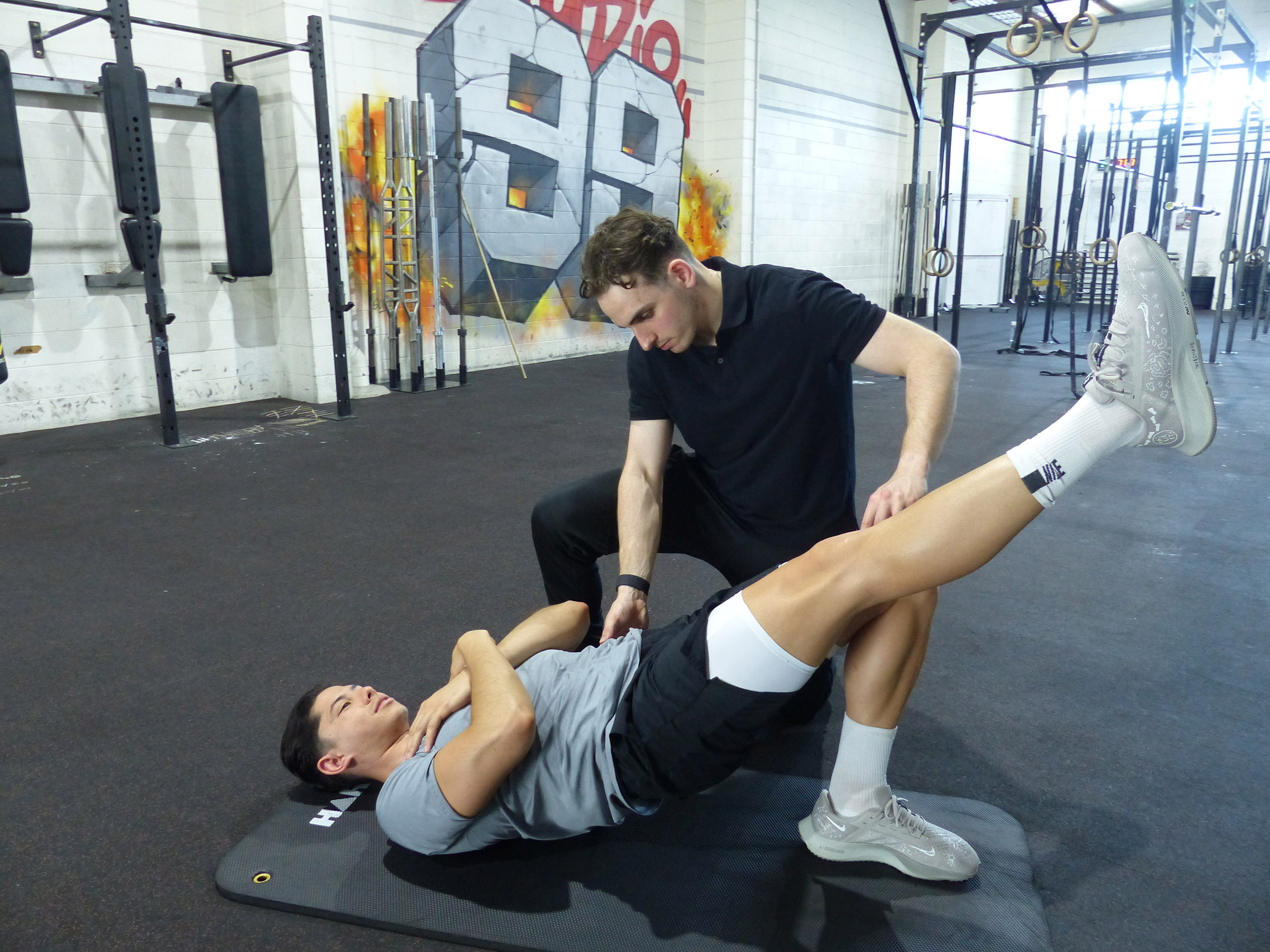VO2 Test: Assessing Your Aerobic Capacity
Přidal gymtherapy, dne 11. 01. 2025, 0x

Aerobic capacity is a fundamental determinant of athletic performance, particularly for endurance sports such as running, cycling, swimming, and rowing. One of the most effective ways to measure aerobic capacity is through a VO2 test, which evaluates your body's ability to consume and utilize oxygen during intense exercise. This test is a gold standard for assessing cardiovascular fitness, providing valuable insights into an individual's fitness level and potential for endurance performance. Here's everything you need to know about the test VO2 and how it can help you unlock your full athletic potential.
What is a VO2 Test?
A VO2 test, also known as a VO2 max test, measures the maximum amount of oxygen your body can use during strenuous exercise. The term "VO2" refers to oxygen consumption, and the "max" refers to the point at which your body reaches its maximum ability to take in and process oxygen. The VO2 test involves gradually increasing exercise intensity while measuring oxygen intake and carbon dioxide output, allowing for the calculation of your VO2 max.
Why is VO2 Max Important?
VO2 max is a critical metric for anyone engaged in endurance sports. It provides a quantifiable measurement of your body's aerobic fitness, or how efficiently your cardiovascular system (heart, lungs, and blood vessels) delivers oxygen to working muscles during exercise. Here are a few key reasons why VO2 max matters:Endurance Performance: Athletes with higher VO2 max values can sustain higher intensities for longer periods of time. This is particularly valuable in endurance events, where maintaining a high level of effort over an extended period is key to performance. Health and Fitness: VO2 max is also a strong indicator of overall cardiovascular health. Higher VO2 max levels are associated with a lower risk of heart disease, stroke, and other cardiovascular conditions. It also indicates a more efficient metabolism, as your body is better at using oxygen to produce energy.
How is a VO2 Test Conducted?
A VO2 test typically takes place in a controlled environment, such as a sports lab, clinic, or university exercise science department. The test is designed to push you to your physical limits, and it involves progressively increasing exercise intensity while monitoring your oxygen consumption. Here's a breakdown of what to expect:The most common methods for testing VO2 max are on a treadmill, stationary bike, or rowing machine. During the test, you'll wear a mask or mouthpiece that is connected to a metabolic cart, a piece of equipment that measures the amount of oxygen you're inhaling and carbon dioxide you're exhaling. This data allows the technician to calculate your VO2 max. The test begins at a relatively low intensity, and the speed, incline, or resistance is gradually increased in stages. For example, if you're on a treadmill, the speed and incline will increase every 2-3 minutes. The goal is to keep increasing the intensity until you reach the point of exhaustion—when you can no longer continue at that level of effort.. Throughout the test, your heart rate, oxygen consumption, and carbon dioxide production will be continuously monitored. The technician will also keep track of your subjective effort and physical responses, such as breathing rate and perceived exertion.
Test Termination
The test ends when you reach the point of exhaustion, meaning your body can no longer keep up with the increasing demands of oxygen consumption. This point is when your VO2 max is reached. In most cases, the intensity will be increased every few minutes until the test ends.After the test, the data is analyzed to determine your VO2 max in milliliters of oxygen per kilogram of body weight per minute (ml/kg/min). A higher value indicates a greater capacity for aerobic exercise. For reference, a well-trained endurance athlete may have a VO2 max ranging from 60-80 ml/kg/min, while the average person may fall somewhere between 35-50 ml/kg/min.
Factors That Affect VO2 Max
Age: VO2 max naturally declines with age, especially after the age of 30. However, consistent aerobic exercise can help slow this decline. Genetics plays a significant role in determining baseline VO2 max levels and how much improvement can be made through training. Regular endurance training can significantly improve VO2 max, as it enhances the efficiency of your cardiovascular and muscular systems. High-intensity interval training (HIIT) is particularly effective for increasing VO2 max.
How to Improve Your VO2 Max
Endurance Training: Long-duration aerobic exercises such as running, cycling, swimming, or rowing are effective at improving VO2 max by increasing cardiovascular efficiency.HIIT has been shown to significantly improve VO2 max by pushing your body to work at maximum intensity for short bursts followed by recovery periods. This type of training challenges both the aerobic and anaerobic systems. Running or cycling at a pace just below your lactate threshold can help improve VO2 max by increasing the body's ability to clear lactic acid from muscles, allowing you to sustain a higher intensity for longer. While not as directly related to VO2 max, strength training can improve endurance by making muscles more efficient and reducing the overall oxygen demand during exercise.
Conclusion
The VO2 test is a comprehensive and precise way to assess your aerobic capacity and overall cardiovascular fitness. Whether you're an athlete looking to maximize performance or an individual striving for better health, understanding your VO2 max can provide valuable insights into your fitness level and guide your training. With targeted exercise programs, you can improve your VO2 max, leading to better endurance, faster recovery, and enhanced athletic performance. Regularly assessing your VO2 max is an excellent way to track progress and make informed decisions about your training.










Komentáře:
Nenacházejí se zatím žádné relace v databázi.